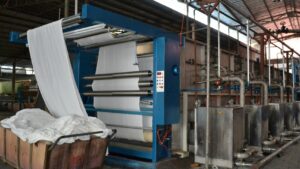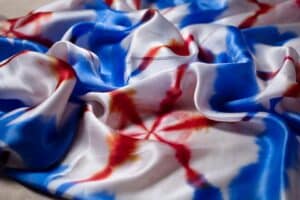Choosing the right jacket can be confusing, especially when you hear terms like "soft shell" and "hard shell." Each type is designed for different purposes, but how do you know which one is best for you? Let’s clear the confusion.
Soft shell jackets prioritize comfort and breathability for active use, while hard shell jackets focus on providing waterproof and windproof protection in harsh conditions.
But there’s more to the story. Let’s dive deeper to understand when and why you should pick one over the other.
What is a hard shell jacket used for?
When the weather turns extreme, you need gear that won’t let you down. That’s where hard shell jackets come in.
Hard shell jackets are used for protection in severe weather conditions like heavy rain, snow, and strong winds. They are designed to be waterproof, windproof, and durable, making them ideal for mountaineering, skiing, and similar activities.

Features of Hard Shell Jackets
Key Features:
| Feature | Description |
|---|---|
| Waterproof | Keeps rain and snow out, thanks to materials like Gore-Tex1. |
| Windproof | Blocks strong winds effectively. |
| Durability | Resists wear and tear during rugged use. |
Limitations:
- Hard shells are less breathable, which can lead to discomfort during high-energy activities.
- They tend to be stiffer and noisier than soft shells.
Hard shell jackets excel in extreme conditions but may not be the best choice for every outdoor adventure.
What is the point of a soft shell jacket?
For those who value movement and comfort, soft shell jackets offer a great solution.
Soft shell jackets are designed for flexibility, breathability, and light weather resistance, making them ideal for active outdoor activities like hiking, cycling, or climbing in mild weather.

Benefits of Soft Shell Jackets
Key Features:
| Feature | Description |
|---|---|
| Breathability | Allows moisture to escape during high-energy activities. |
| Flexibility | Provides greater range of motion due to stretchy materials. |
| Mild Weather Resistance | Protects against light rain and wind. |
Common Use Cases:
- Hiking on cool, dry days.
- Climbing or cycling where freedom of movement is key.
- Layering under a hard shell for added insulation.
Soft shell jackets are about balancing protection with comfort, making them a favorite for moderate conditions.
Are hard shells better than soft shells?
You might wonder if one type of jacket is superior to the other. The truth depends on your needs.
Neither is inherently better; hard shells excel in extreme weather, while soft shells shine in active, mild conditions. Choosing between them depends on the activity and environment.
A Side-by-Side Comparison
| Aspect | Hard Shell Jackets | Soft Shell Jackets |
|---|---|---|
| Weather Resistance | Waterproof and windproof | Water-resistant and wind-resistant |
| Comfort | Less breathable and stiff | Flexible and breathable |
| Best Use | Extreme conditions like storms | Active use in mild weather |
| Durability | Highly durable | Durable but less rugged |
If you frequently face unpredictable weather, hard shells are the way to go. For everyday activities and moderate conditions, soft shells are a more comfortable choice.
Conclusion
Understanding the difference between soft shell and hard shell jackets is essential for picking the right one. Hard shells are built for protection in severe weather, while soft shells focus on comfort and flexibility. Whether you're braving a storm or enjoying an active day outdoors, the right jacket will make all the difference.
So, what’s your next adventure? Choose wisely and stay prepared.
-
Learn how Gore-Tex technology ensures waterproofing and breathability, making it a popular choice for hard shell jackets. ↩








































